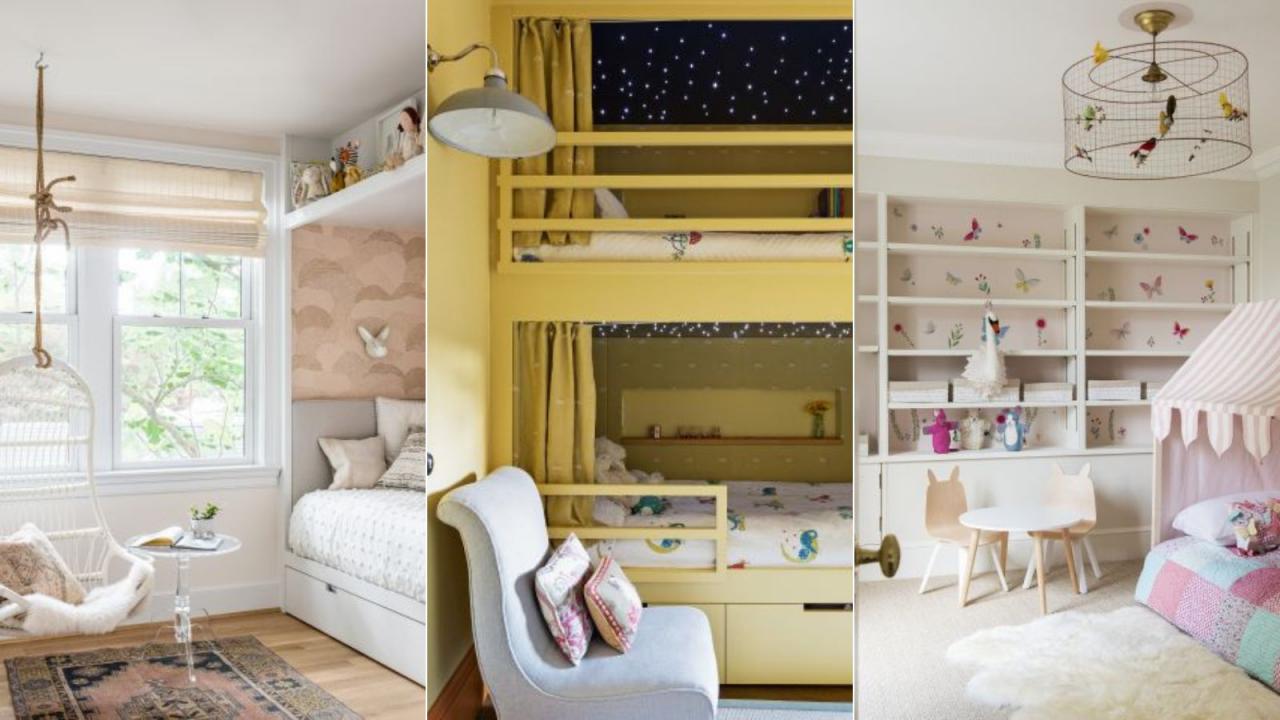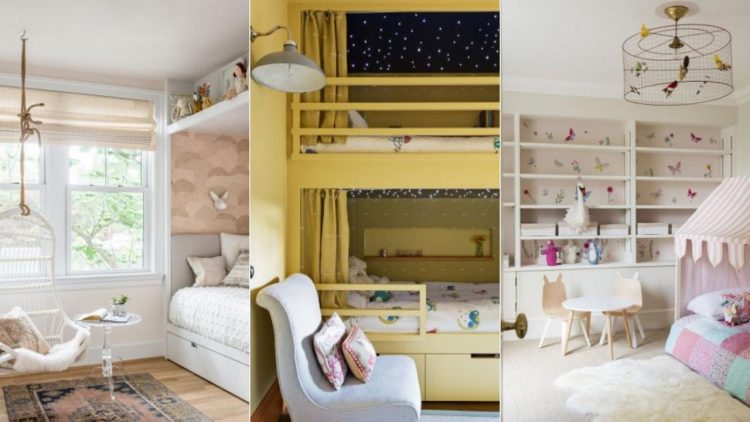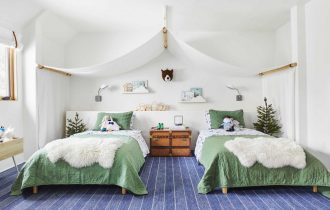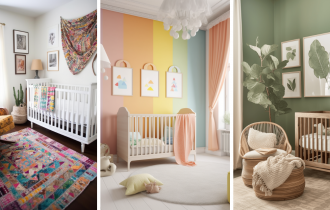Incorporating Educational Elements in Your Child’s Bedroom Design

A child’s bedroom is not just a place to sleep; it can also serve as a space for learning and exploration. By incorporating educational elements into your child’s bedroom design, you can create an environment that stimulates their curiosity, encourages learning, and fosters a love for knowledge. With the advancement of technology and creative design solutions, there are numerous opportunities to infuse educational elements into your child’s bedroom. In this comprehensive guide, we will explore different ways to incorporate educational elements into your child’s bedroom design. From interactive displays to themed areas and reading corners, we’ll help you create a space that inspires and engages your child’s mind.
- Interactive Learning Displays
One of the most effective ways to incorporate educational elements into your child’s bedroom is through interactive learning displays. These displays combine technology and educational content to create a fun and engaging learning experience. Here are some examples:
1.1. Interactive Wall Murals
Transform a wall in your child’s bedroom into an interactive learning mural. Use chalkboard or magnetic paint to create a surface where your child can draw, write, and explore concepts. Consider painting a world map or a solar system and encourage your child to learn about geography or astronomy through interactive play.
As renowned educator Maria Montessori once said, “Play is the work of the child.” Through interactive wall murals, you can turn playtime into a valuable learning experience.
1.2. Digital Learning Stations
Set up a dedicated digital learning station in your child’s bedroom. This can include a computer or tablet with age-appropriate educational apps and games. Ensure that the content is educational and interactive, promoting skills such as problem-solving, creativity, and critical thinking.
- Themed Areas for Learning
Creating themed areas in your child’s bedroom can provide a focused and immersive learning experience. Here are some ideas for themed areas:
2.1. Science Corner
Designate a corner of the bedroom as a science exploration area. Fill it with books on scientific topics, a microscope, a telescope, and experiment kits. Encourage your child to explore the wonders of science through hands-on experiments and observations.
2.2. Art Studio
Create an art studio area where your child can unleash their creativity. Provide art supplies, easels, and a designated display wall to showcase their artwork. Incorporate educational elements by including books on famous artists, art history, and different art techniques.
As artist Pablo Picasso once said, “Every child is an artist. The problem is how to remain an artist once we grow up.” Nurture your child’s artistic abilities through a dedicated art studio in their bedroom.
2.3. Reading Nook
Design a cozy reading nook in your child’s bedroom, complete with a comfortable chair or bean bag, a bookshelf filled with age-appropriate books, and soft lighting. Encourage your child to develop a love for reading and storytelling by creating a tranquil space dedicated to books.
- Learning Through Organizational Systems
In addition to creating themed areas, you can incorporate educational elements into your child’s bedroom through organizational systems. These systems promote organization skills and help your child develop a sense of responsibility. Consider the following ideas:
3.1. Learning Task Board
Create a learning task board to help your child stay organized and manage their daily activities. Include a calendar, a to-do list, and space for notes and reminders. Teach your child to prioritize tasks and develop time management skills through this visual organizational system.
3.2. Learning Materials Storage
Allocate specific storage spaces for learning materials such as books, puzzles, and educational toys. Use labeled bins or shelves to encourage your child to keep everything organized. This promotes independent learning and allows your child to access educational materials easily.
Conclusion
Incorporating educational elements into your child’s bedroom design is a powerful way to promote learning and foster a love for knowledge. By creating interactive displays, designing themed areas, and implementing organizational systems, you can create a space that inspires your child’s curiosity and encourages their educational growth. As educator and philosopher John Dewey once said, “Education is not preparation for life; education is life itself.” Let your child’s bedroom be a place where education and life intertwine, creating a stimulating and nurturing environment for their personal and intellectual development.


